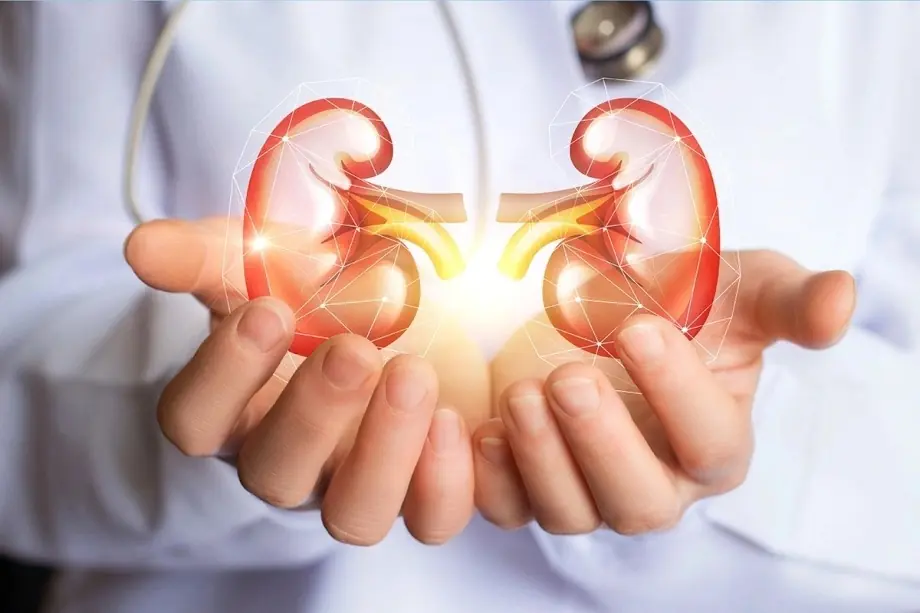
Blood Clot in Leg: Crucial Signs and Symptoms You Can't Afford to Ignore
Blood Clot in Leg: Crucial Signs and Symptoms You Can't Afford to Ignore
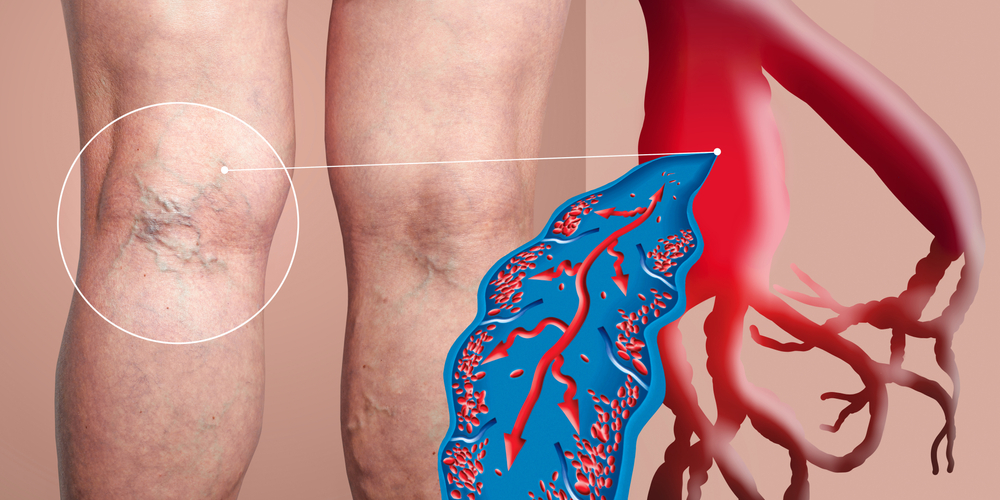
A blood clot in your leg, particularly one associated with Deep Vein Thrombosis (DVT), can cause your lower leg to be sore, swollen, and red. A blood clot developing deep in the veins of one of your legs can lead to serious complications. If the leg clot doesn’t dissolve naturally, it can travel through your veins, eventually reaching your lungs and causing a life-threatening condition called a pulmonary embolism (PE).
Blood clots form in the legs due to poor circulation, injury to the veins, as a side effect of medication, or as a complication after surgery. Sitting for long periods, such as during long flights or car journeys, can also significantly increase your risk of DVT. Because of the potentially fatal complications, you should never ignore signs of a deep leg clot.
In this article, you'll learn how to spot the crucial symptoms of a dangerous blood clot in your lower leg. You'll also find out what you can do to help prevent deep leg clots and avoid the serious complications of deep vein thrombosis.
What is a Blood Clot?
The medical term for a blood clot is a thrombus. A blood clot deep in the vein of the legs is specifically referred to as venous thrombosis.
The Annual Review of Fluid Mechanics explains that a blood clot is a congealing of platelets that stick together to form a thick mass. Doctors note that deep vein blood clots in the leg mainly occur due to a lack of movement or a genetic factor. While blood clotting is essential to prevent excessive bleeding from injuries, clots that form inappropriately in veins can be dangerous. In fact, a blood clot can be fatal if part of it breaks off and travels to the lungs, heart, or brain.
Why Are Blood Clots Dangerous?
The presence of a venous clot in your lower leg or upper thigh won't inherently harm you. Blood clots that don't dissolve on their own become dangerous only when a piece breaks off and starts to move through the cardiovascular system.
According to doctors on PubMed Health, deep vein thrombosis can lead to a pulmonary embolism (PE). This occurs when an embolus (a part of the leg clot that breaks off) blocks an artery in the lungs. This significantly reduces the oxygen supply to tissues in your body, and the complications of such a blood clot can be fatal.
What Causes Blood Clots in the Leg?
Blood clots that develop in deep veins in your calf are usually caused by conditions that interfere with your blood circulation.
According to Dr. John P. Cuhna on eMedicineHealth, the main causes of deep vein thrombosis include:
-
Prolonged Sitting: The Centers for Disease Control and Prevention states that traveling for longer than 4 hours on an airplane, in a car, or on a bus can increase the risk of leg clots in your calves.
-
Prolonged Bed Rest: Being immobile while recovering from an illness or surgery can cause clots to form in your lower limbs.
-
Surgery: Doctors from the National Health Service report that deep vein blood clots can still form up to 3 months after surgery. Some reports indicate that the risk of DVT could be as high as 70% if measures to prevent blood clots aren't taken.
-
Leg Injury: Research has shown that even minor leg injuries can increase the risk of leg clots developing by three times. Having your leg in a cast or undergoing leg surgery significantly increases your risk of DVT.
Other factors like obesity, pregnancy, certain cardiac conditions, or the use of birth control pills are also known to increase the risk of blood clots in the legs.
What Does a Blood Clot in the Leg Feel and Look Like?
A blood clot deep in the veins of your lower leg can feel like your calf is swollen and aches a lot. Some people describe the pain from a leg clot as feeling like a pulled muscle. Depending on where the blood clot is in your calf, you could feel aches and pain in the back of your leg or have sharp pain in your inner thigh.
Another way to tell if you might have a blood clot in your leg is if the leg feels warm and itchy. While you can't see the clot itself, your lower leg may appear red or have a bluish tinge and look noticeably swollen. Typically, the symptoms of a blood clot in the leg affect only one leg.
You may feel a blood clot moving in your leg if you start to experience sudden chest pains and shortness of breath. The blood clot pain may feel constant. If you have any of these serious DVT symptoms, you must call a doctor immediately.
Symptoms and Signs of a Blood Clot in the Leg
Let's look in more detail at the various symptoms associated with deep vein thrombosis and when you should seek medical treatment for a leg clot.
Swelling in Calf
Noticing swelling in just one calf could be a sign that you have a dangerous blood clot in a large vein in your leg. Doctors from the National Health Service report that swelling is often a symptom of DVT because the clot prevents blood from flowing back up to your heart. This can result in swelling in the back of your legs or ankles. Swelling in your foot along with pain, aching, and tenderness of the calf can also be indicative.
Leg Pain in Calf
If a blood clot in your leg doesn't go away naturally but continues to develop, you'll start to have pain in your lower legs. This pain may begin as a dull ache and gradually intensify as the clot grows. According to doctors from the Mayo Clinic, pain and swelling in one of your legs are common if you have a serious blood clot. The leg pain usually starts in the back of your lower leg and can then begin to feel like a cramping ache. Very often, the cramping pain in your leg will be worse at night. Leg pain along with calf swelling for no apparent reason is a serious type of pain that you should never ignore.
Aching Pain When Bending Your Foot
As well as causing pain in the back of your leg, a stubborn blood clot in your calf can cause more pain when you bend your foot. According to doctors from the Mayo Clinic, you can tell if your leg pain is caused by a deep venous clot if the pain worsens as you bend your foot towards your knee.
Calf Tenderness
Along with painful swelling where the blood clot is located, your calf muscle may be tender to the touch. The Western Journal of Medicine reports that a swollen lower limb caused by DVT will also cause tenderness. This tenderness is localized to the part of the leg where the clot is. In fact, tenderness and pain of the calf are among the first signs of DVT that indicate you should seek medical attention.
Redness on Back of Leg Below Your Knee
A clot that forms in your leg and doesn't dissolve on its own will cause your calf muscle to look red and tender. If you look at pictures of blood clots in the leg, you'll often see a red patch of skin. Researchers from the Centers for Disease Control and Prevention say that redness of the skin is among the common symptoms of DVT. Doctors from the Mayo Clinic also report that redness of the skin on your calves can be a sign of a blood clot in veins closer to the surface of the skin, a condition called thrombophlebitis, also characterized by redness and swelling of the upper or lower leg. These types of clots are common in people with varicose veins; indeed, a study in the journal Vasa showed that having varicose veins increases your risk of developing deep vein thrombosis.
Warmth in Lower Leg
If a blood clot forms in your upper thigh or lower leg and blocks one of your deep veins, your skin may feel warm to the touch. Dr. Kaushal Patel, a vascular surgeon at Kaiser Permanente Los Angeles Medical Center, states that the location of the leg clot usually feels warm, which can be a warning sign of venous thrombosis. The book Informed Health Online notes that, over time, the warm area around the blood clot could start to tingle, become itchy, and develop into a rash.
Skin Discoloration
Venous thrombosis in one or both of your legs can cause the back of your leg to become discolored. The Journal Techniques in Vascular and Interventional Radiology reports that DVT often results in skin discoloration. As mentioned, warmth and redness are often associated with deep vein blood clots. However, researchers from Frankel Cardiovascular Center say that hyperpigmentation can be a complication of DVT, leading to dry, flaky skin prone to ulceration due to poor circulation.
Upper Thigh Pain
A venous clot deep in the major veins of your leg can also occur near your pelvic area and cause upper thigh pain. Dr. Kaushal Patel (quoted earlier) says that while pain from a deep venous blood clot is usually localized to the calf muscle, in some cases, you can feel the pain right up to your inner thigh. Sometimes, symptoms of deep vein thrombosis can even feel like a pulled hamstring in the back of the leg.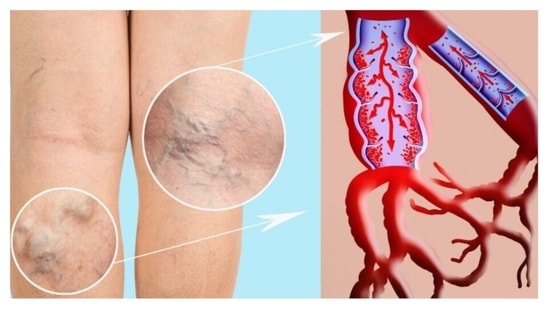
Complications of DVT in the Leg
Thrombosis of the leg doesn't always cause complications, as the clot can sometimes dissolve on its own. However, if you notice signs of a deep venous clot, you are at risk of developing serious complications of deep vein thrombosis.
Pulmonary Embolism (PE)
This is one of the most serious complications of DVT. If part of the blood clot breaks off and travels to your lungs, you could suffer from a pulmonary embolism (or pulmonary thromboembolism). Dr. Daniel R. Ouellette, a pulmonary care specialist, explains that large thrombi can get stuck in the main arteries of the lung. This drastically reduces adequate blood flow to essential organs in the body. If a pulmonary embolism is not treated promptly, the result could be fatal.
News in the same category

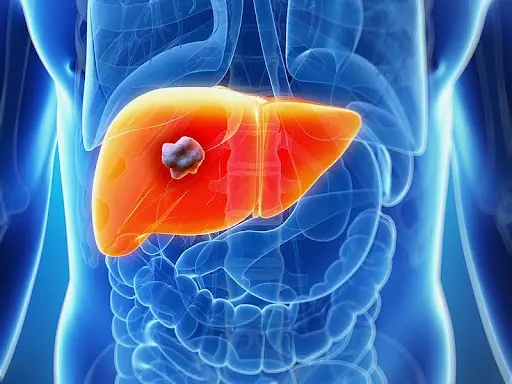
5 Early Signs of Liver Failure: Seek Medical Help Early to Prolong Life – Number 2 Is Especially Common

7 Health Problems That Can Happen If You Don’t Drink Enough Water
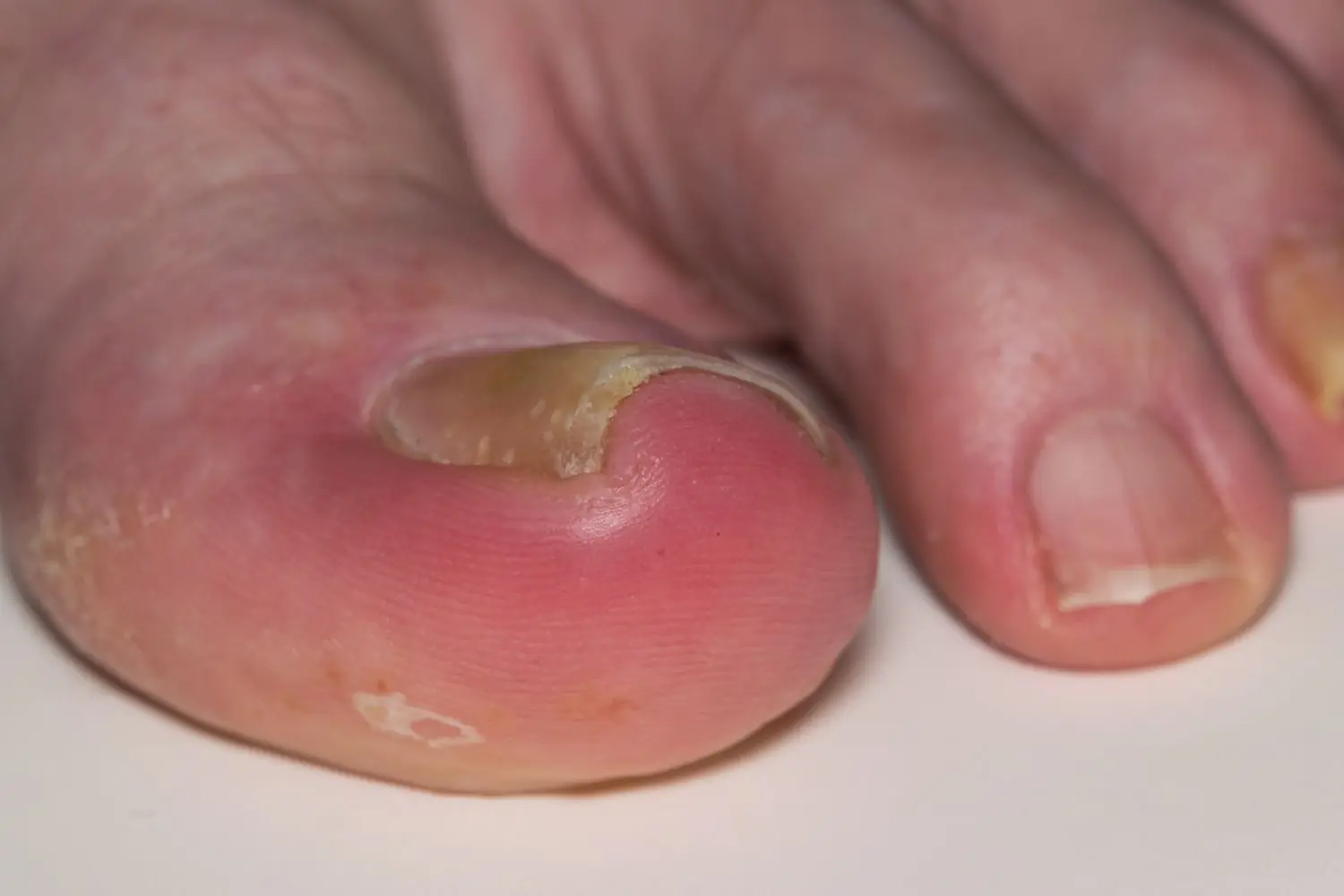
Home Remedies to Treat and Prevent Ingrown Toenails (Onychocryptosis)

20 Subtle Cancer Symptoms Many People Miss
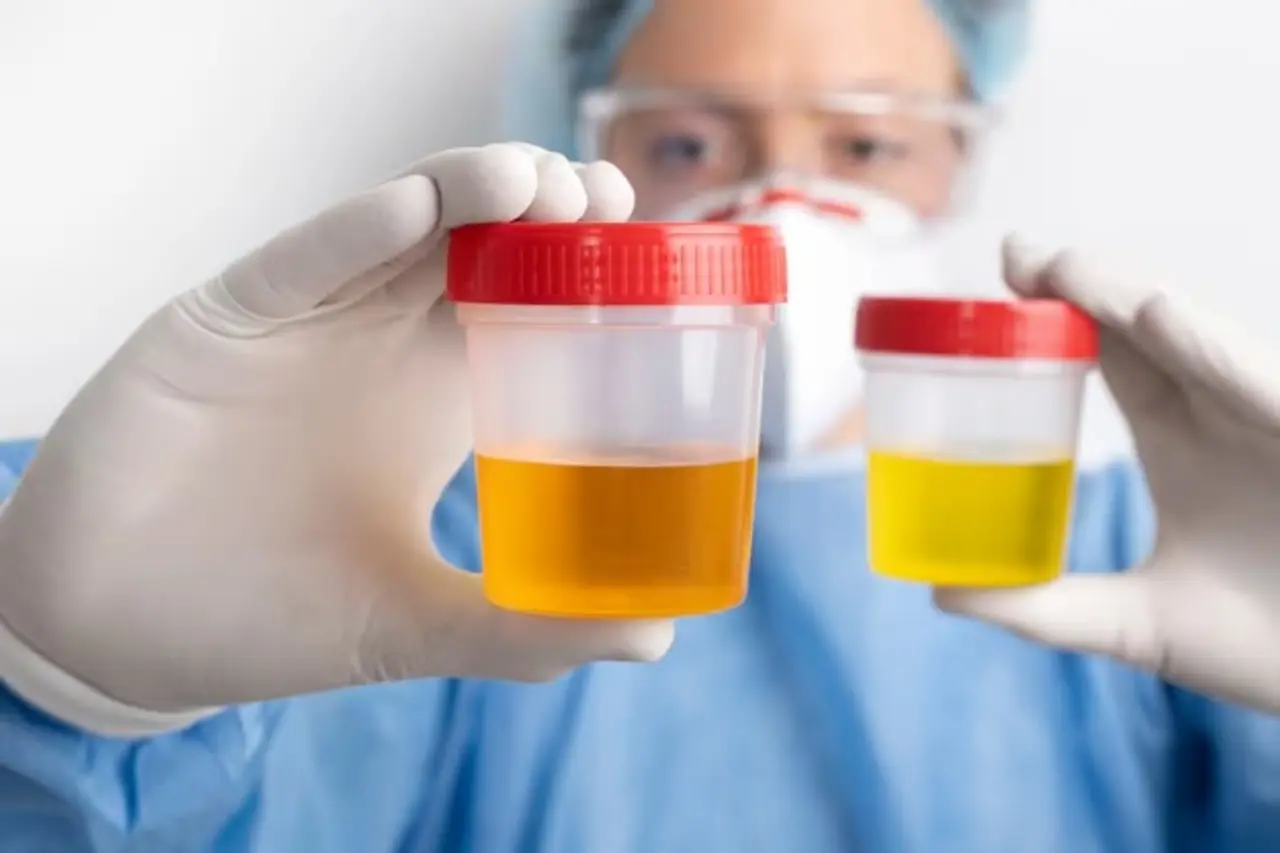
Game Changer: New Urine Test Detects Pancreatic and Prostate Cancer Early with 99% Accuracy

Surprising Triggers: What May Be Causing Your Hives (Urticaria)

The Truth Behind ‘Durex’: What Its Name Actually Stands For Has Stunned Many
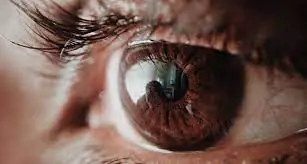
Your Eyes: Windows to Your Health – Uncovering Diabetes and Cancer Through Vision
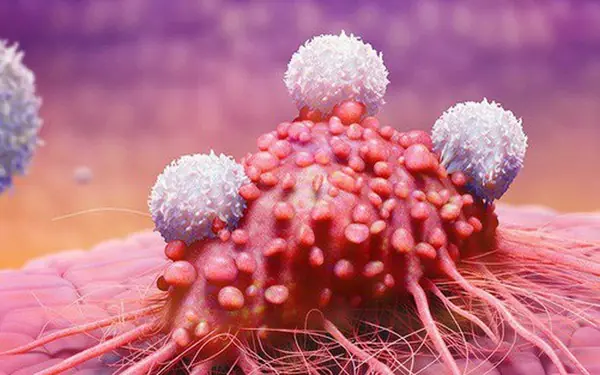
5 Early Warning Signs of Cancer in Children: Parents Must Know to Save Their Child
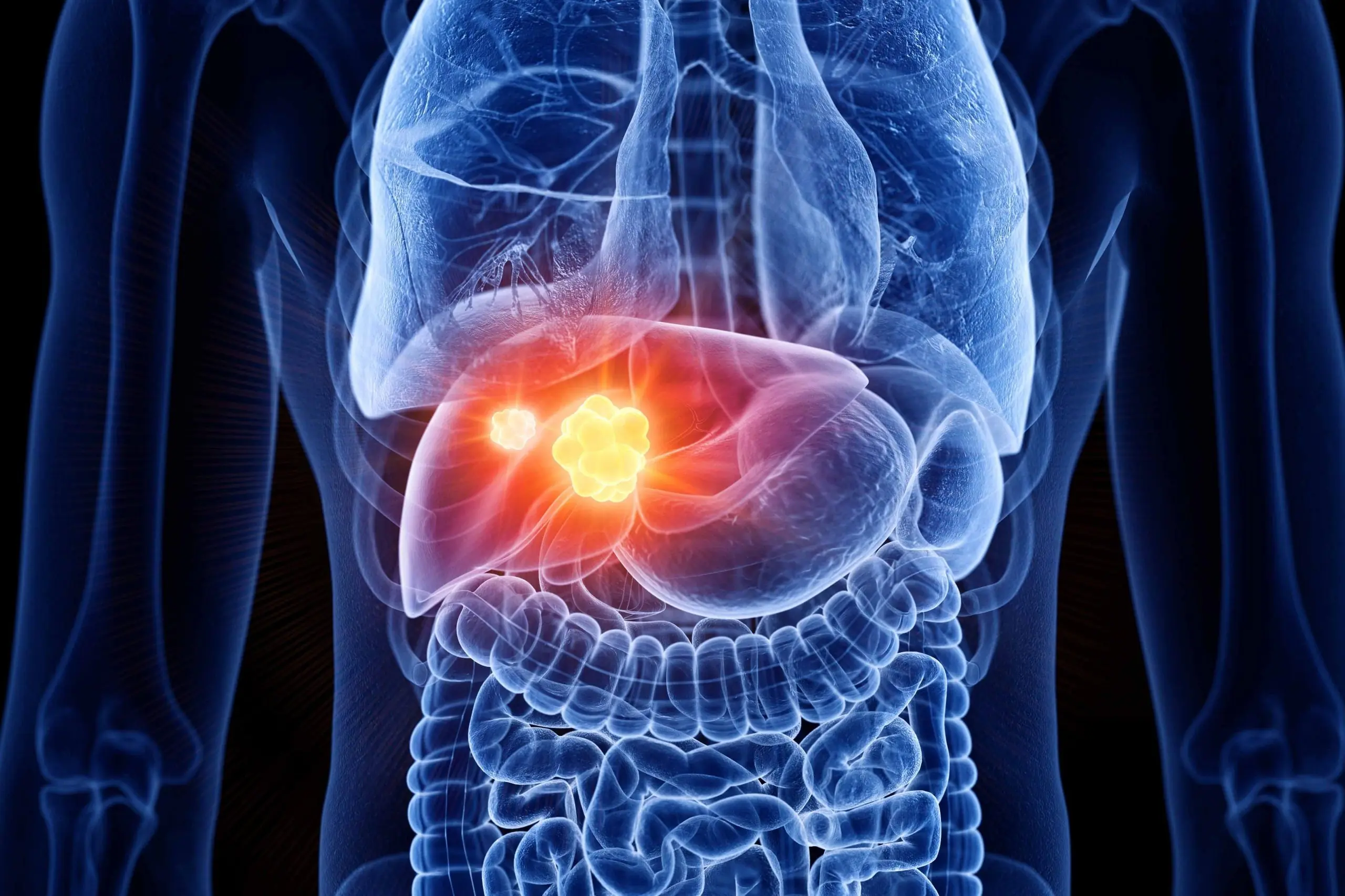
If Your Body Has a Bad Odor in These 3 Areas, It Could Mean Poor Liver Detox and Declining Function – Get Checked Before It’s Too Late!
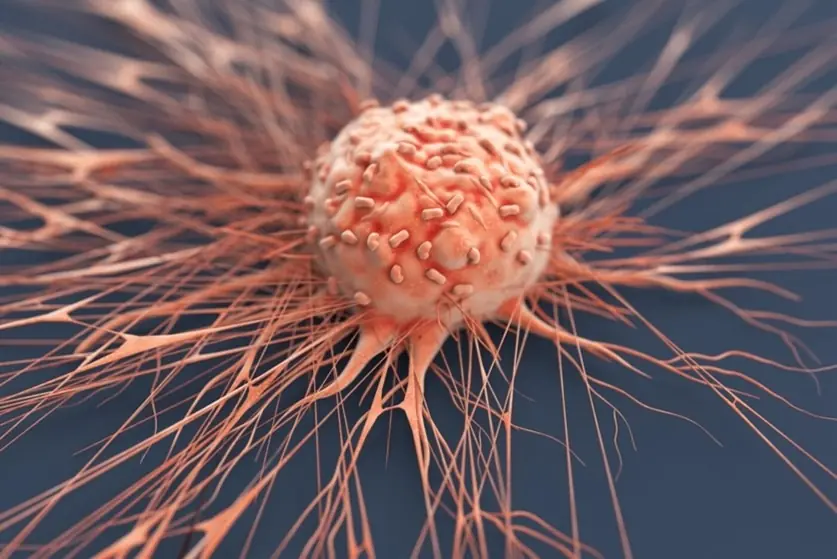
Warning: If You Notice This Symptom in Your Body, Go to the Hospital Immediately – It Could Be Late-Stage Nasopharyngeal Cancer

Astonishing Cancer-Fighting Power of One Juice — Even Doctors Are Surprised
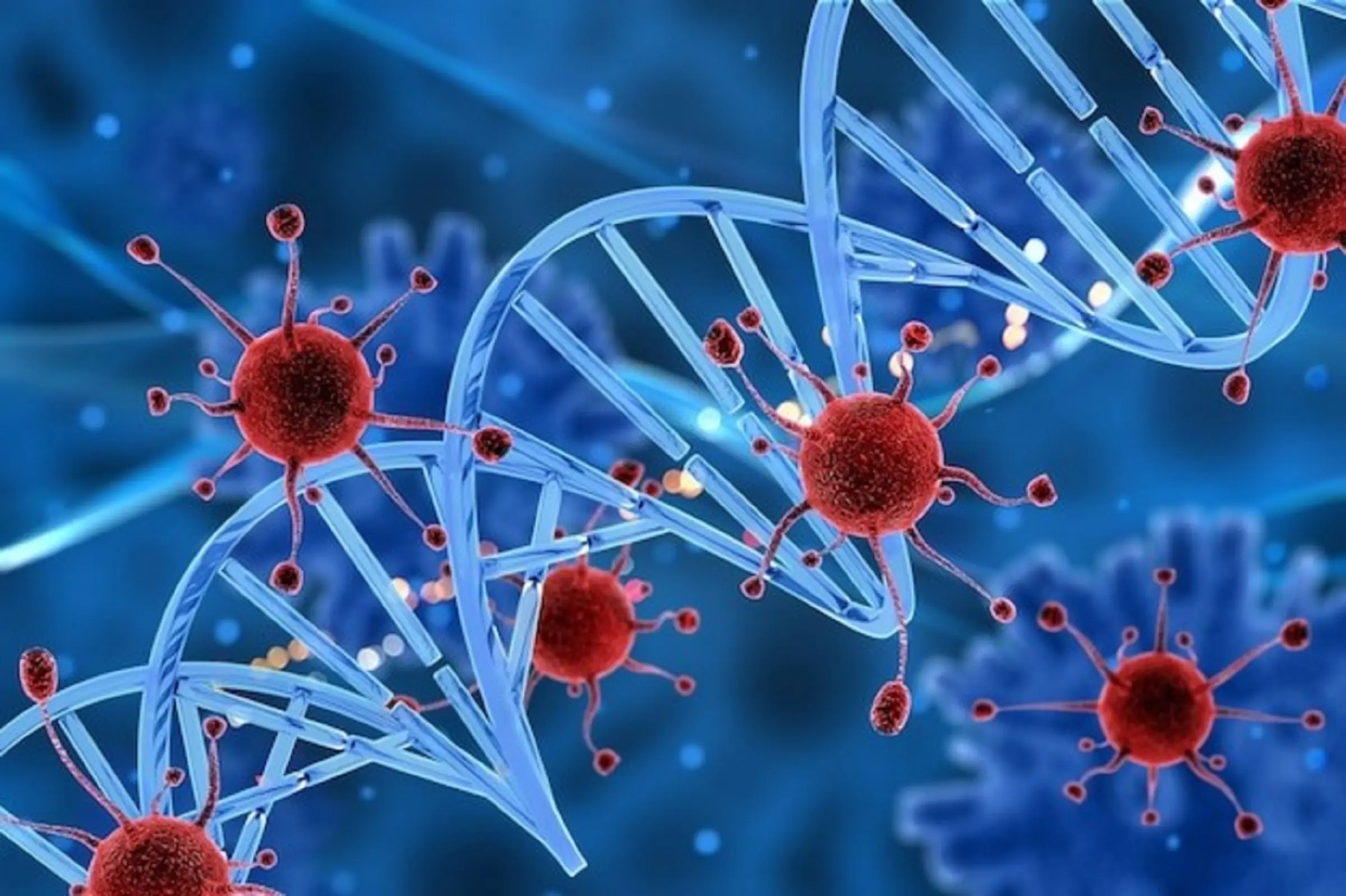
5 Types of Cancer with Over 90% Cure Rate: Early Signs Everyone Should Pay Attention To

Doctor's Advice: Whether You're Rich or Poor, Never Eat These 3 Foods for Breakfast – They Can Lead to Aggressive Cancer

Scientists Use CRISPR to Eliminate HIV from Human Immune Cells
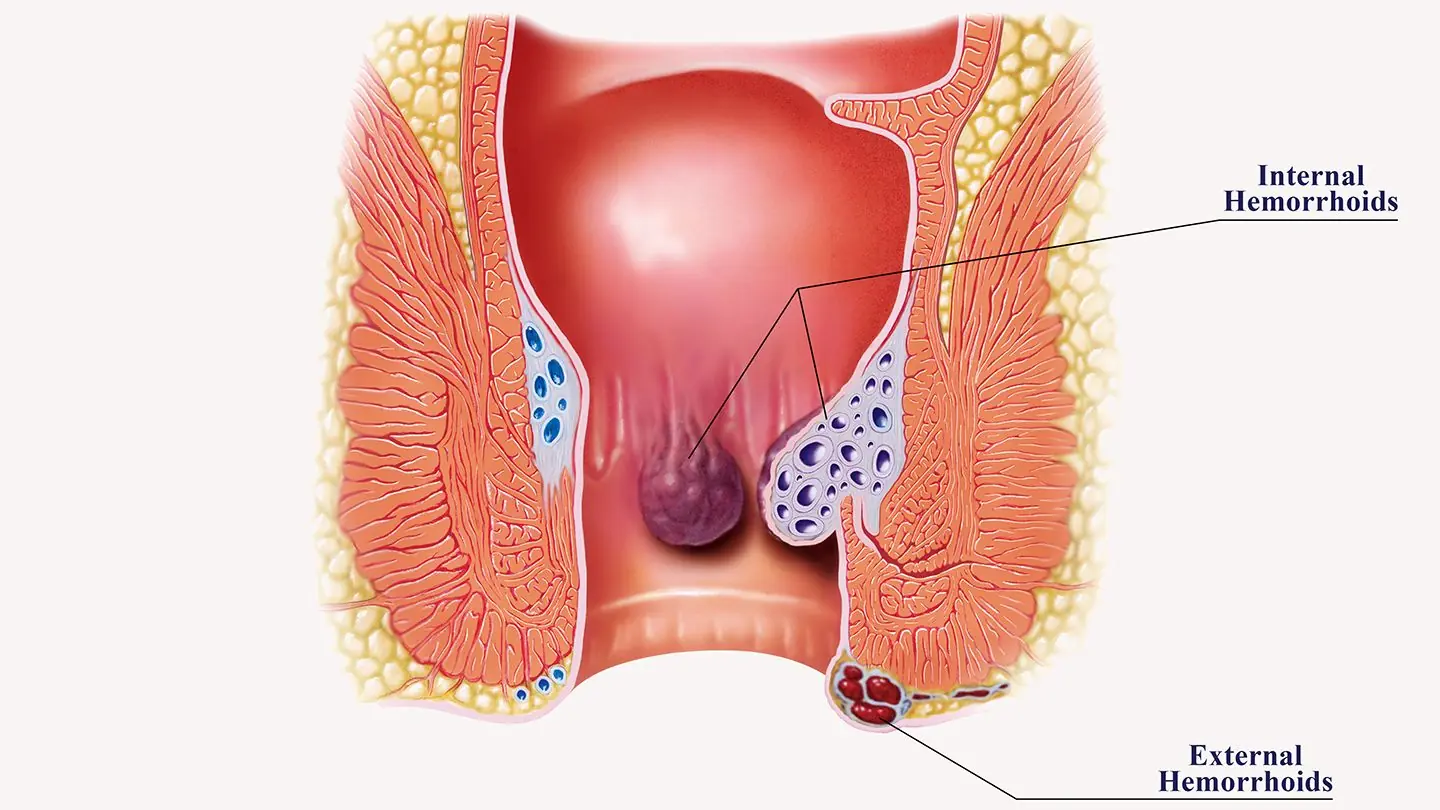
Hemorrhoids: Fast, Effective, Science-Backed Ways to Find Relief
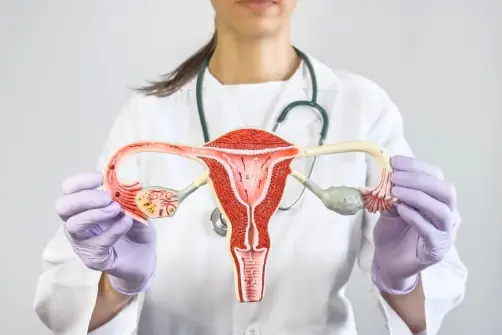
Ovarian Cancer: 8 Early Signs You Need to Know

It’s Not Just Tooth Decay: 2 Common Signs in Your Mouth That Are SOS Signals From Your Body — Don’t Ignore Them
News Post

Every Breath You Take Alters Your Visual Perception
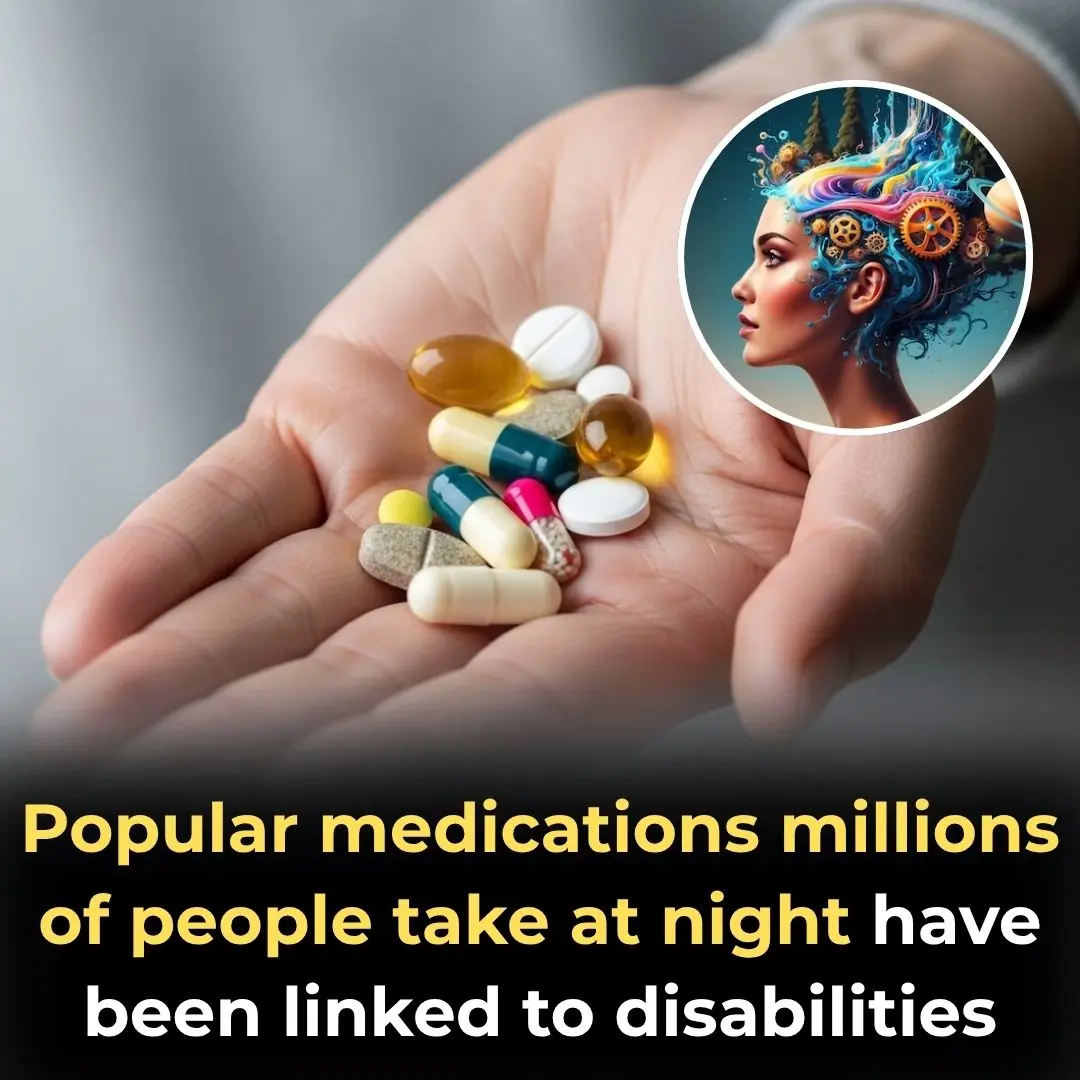
Popular Medications Millions Of People Take At Night Have Been Linked to Disabilities

10 Popular Ultra-Processed Foods Now Linked to Cancer, Study Confirms

A 9th-century onion and garlic remedy just killed 90% of antibiotic-resistant MRSA in lab tests

“If you’re that depressed, reach out to someone. And remember, suicide is a permanent solution to temporary problems.” – Robin Williams

The world’s first lung cancer vaccine enters clinical trials in seven countries

Simulation Shows Grim Reality of What Ozempic Does to Your Body Once Injected

Rising Kidney Failure in Young People: One Harmful Habit Many Are Unknowingly Practicing

5 Early Signs of Liver Failure: Seek Medical Help Early to Prolong Life – Number 2 Is Especially Common

7 Health Problems That Can Happen If You Don’t Drink Enough Water

Your Brain Is Still Feeling the Impact Of The Sleep You Got Two Weeks Ago, Science Says

Home Remedies to Treat and Prevent Ingrown Toenails (Onychocryptosis)

20 Subtle Cancer Symptoms Many People Miss

Why You Should Blur Your House On Google Maps Before It’s Too Late

Harvard Prof Says Ancient Mars Was Home To Civilization Destroyed By Extraterrestrial Nuke

Former Bush Official Claims U.s. Built $21 Trillion Underground City For Elites To Survive Doomsday

Veteran Hacker Reveals Most Terrifying Dark Web Encounters After 30 Years Online

Game Changer: New Urine Test Detects Pancreatic and Prostate Cancer Early with 99% Accuracy
